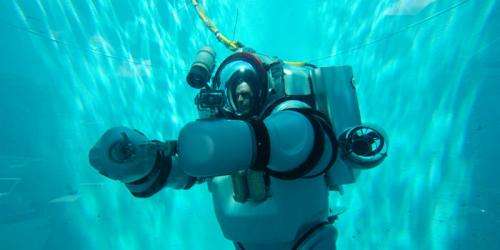
Other cargo included jewellery, weaponry, fishing gear, tools, pottery, zoomorphic weights and traces of food including nuts, figs, olives, grapes, pomegranates, spices and charred grains. It is the only known seal of Nefertiti in existence and is currently exhibited at the Bodrum Museum of Underwater Archaeology in Turkey along with other artifacts from the Uluburun shipwreck. Gold and Jewellery : Wiki CommonsĪmong the more exotic objects aboard were ebony logs from Egypt, elephant tusks and hippopotamus teeth (to create ivory inlays), tortoiseshells (to be used as soundboxes for musical instruments such as the lute), ostrich eggshells (for use as containers) and Baltic amber beads from northern Europe.Īmidst the crew’s personal belongings was found a gold scarab bearing the royal cartouche of Nefertiti, wife of the Egyptian Pharaoh Akhenaten. The resin was possibly used for incense, or the jars could have originally contained wine with the resin added to prevent the growth of bacteria. There was also a ton of terebinth resin contained in about 150 Canaanite jars. There were 175 of them, discoid in shape, with some coloured turquoise and others cobalt blue. The earliest known intact ingots of glass were present on the ship. The copper and tin were likely destined to be melded into bronze. Also on board was a ton of tin ingots of unknown origin. The main cargo was 10 tons of Cypriot copper in the form of 350 oxhide ingots (‘oxhide’ refers to the shape of the ingots, which had four legs or handles for easy lifting and transportation on horseback). The cargo included items from at least seven different cultures, including Mycenean (Greek), Syro-Palestinian (forerunners of the Phoenicians), Cypriot, Egyptian, Kassite, Assyrian and Nubian. Careful mapping of the distribution of objects allowed the excavators to distinguish between the cargo and the crew’s personal belongings. The ship was carrying over 20 tons of cargo at the time of sinking, including both raw materials and finished goods.

Site of the wreck 50 m (160 ft) off the eastern shore of Uluburun, and 6 mi (9.7 km)

The total number of dives to take place was 22,413. Due to the wreck’s tricky location on a steep rocky slope 50 metres beneath the surface, excavation time for each diver had to be limited to 20 minutes per dive, twice a day.

Bass and Cemal Pulak of the Institute of Nautical Archaeology. Following the chance discovery of the wreck in 1982, archaeological excavations were carried out between 19 by George F.


 0 kommentar(er)
0 kommentar(er)
